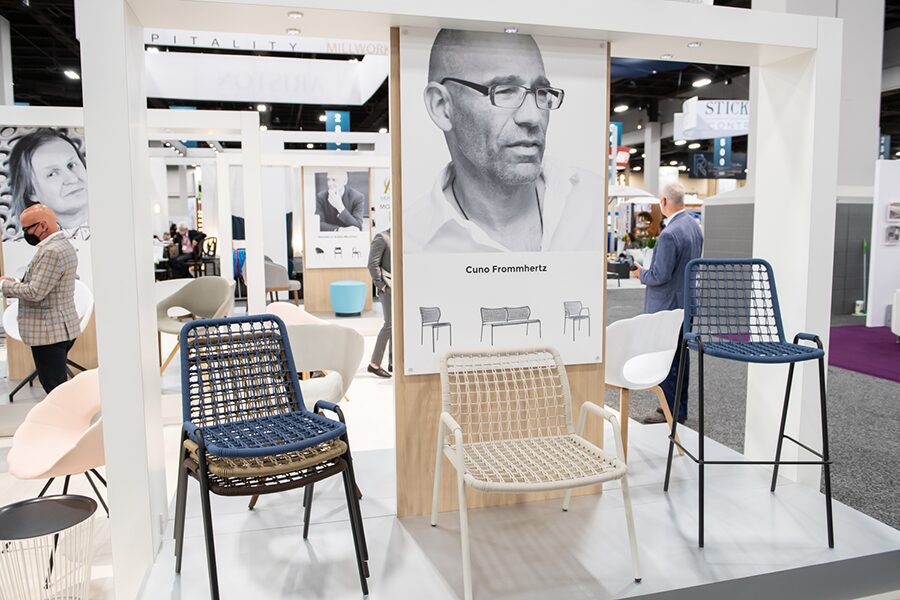Jones Lang LaSalle‘s second quarter 2011 Global Market Perspective, which assesses the impact of economic forces on the world’s major real estate markets, predicts this year will be the strongest performance and real estate trade volume since the market height of 2007. There are positive indicators visible across the global real estate markets, says Arthur de Haast, head of the International Capital Group at Jones Lang LaSalle. “The world’s major real estate markets started the year on a positive note and as we enter the second quarter these markets are continuing on their recovery path. Markets are showing remarkable resilience, despite the shocks of the disaster in Japan, the turmoil in the Middle East and a slightly less optimistic outlook for the global economy. The continuing global real estate recovery is characterised by strengthening investment markets, increasing corporate optimism and robust price growth for prime assets across multiple markets.”
The BRIC (Brazil, Russia, India and China) nations have continued to grow in importance to the real estate capital markets. These countries, which accounted for 2 percent of investment trades in 2007, are accounting for a greater proportion of transactions – 13 percent of global volumes in first quarter 2011. This places the BRICs nations, as a group, third after only the United States and the United Kingdom. The BRIC contribution to overall investment volumes is expected to rise further as transparency and the quality of the available supply of real estate stock improves. Brazil is the main growth story over the last quarter. The country became the fifth most active investment market in Q1, overtaking China, as domestic demand drove activity during the quarter. São Paulo has one of the world’s most dynamic office markets, characterized by rapid rental growth, strong corporate occupier demand, low vacancy and a development boom.
Other key highlights of the Q2 2011 Global Market Perspective Report from Jones Lang LaSalle include:
Investment Volumes: Global direct commercial real estate investment volumes are up 44 percent year-on-year. Based on current momentum and transactions in the pipeline, Jones Lang LaSalle believes that full-year volumes are now on track to be above $440 billion, which would represent 35-40 percent growth on 2010 levels and the highest volume since 2007.
Capital values for prime office assets in major cities rose by 22 percent over the past year. In several markets, prime yields are now approaching the levels reached during the previous cycle’s peak in 2007. Nonetheless, prime yields are now stabilizing after the steep re-pricing trend of the past 18 months. Future capital appreciation will be increasingly driven by rental growth; for investors the key to securing capital growth will be a deep understanding of the motivations of corporate occupiers and an ability to offer competitive space which meets occupier requirements.
Corporate occupier confidence is on the up across the globe and we are seeing more expansion demand. Corporations are focusing on “smart growth,” however, looking to minimize exposure to rising costs by continually “stress testing” the need to take new space. Asia Pacific continues to have some of the world’s strongest office leasing markets, with Hong Kong and Singapore leading the way globally with year-on-year rental growth of over 30 percent.


